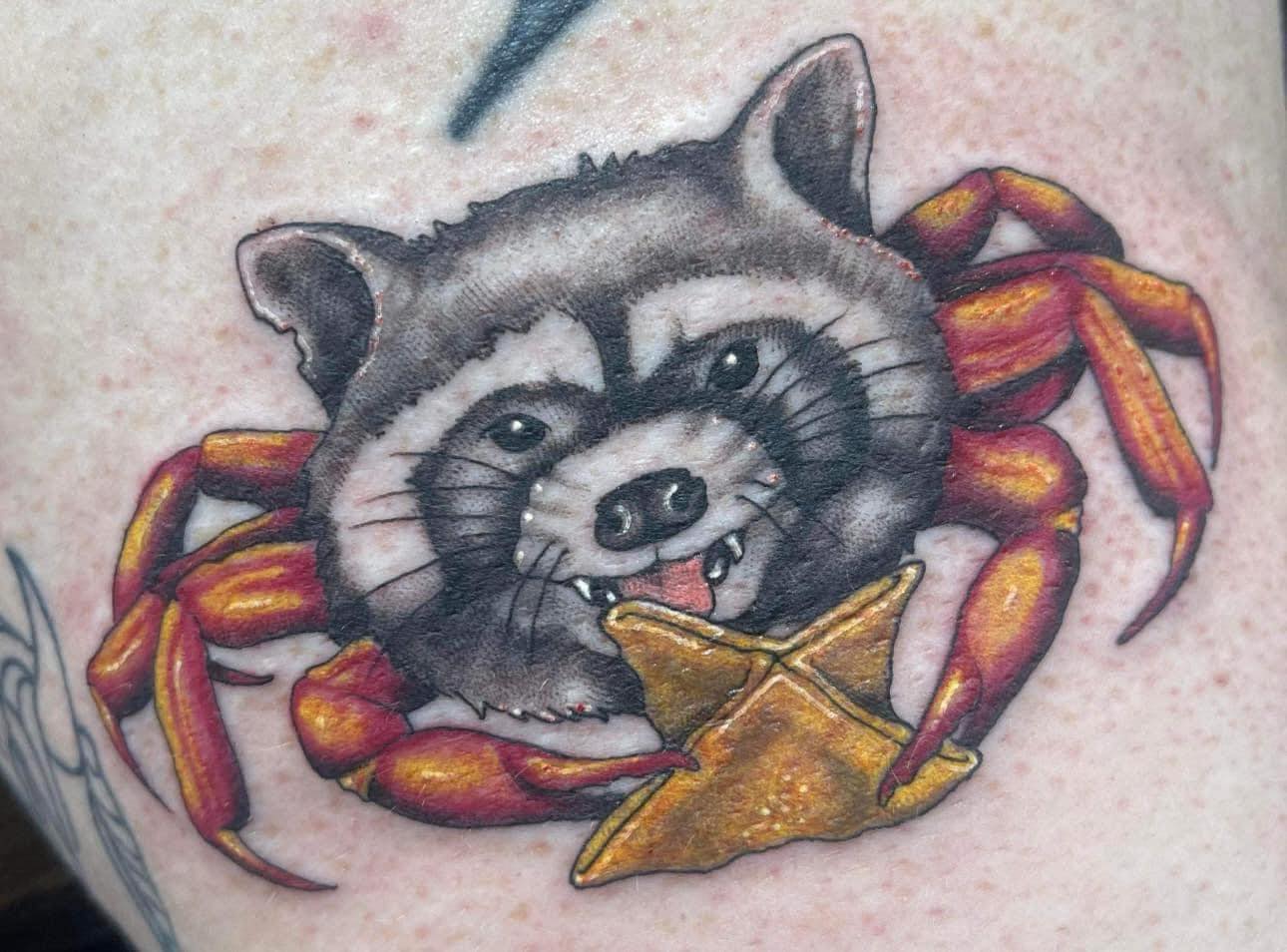Comparative Common Shē and Common Neo-Hakka
I have observed the author working on this 749 page volume for many years, so it is with great rejoicing that it is available in time to send to friends, colleagues, and students as a Yuletide gift:
South Coblin, Common Shē and Common Hakka-Shē: A Comparative Study
Language and Linguistics Monograph Series 68
Institute of Linguistics, Academia Sinica (Taipei: November, 2025)
Introduction
The present work is divided into two parts. Part I is devoted to the reconstruction of the phonology of Common Shē, the ancestral form of the closely related Sinitic dialects spoken by the Shē ethnic minority of China. The approach applied is the classical comparative method, in which modern data from seventeen modern dialects are subjected to comparative reconstructive analysis. Data from additional Shē varieties are also adduced as needed. The end product of these procedures is a hypothetical phonological system, which for the sake of brevity we call Common Shē, though this term should more precisely encompass not only phonology but also syntax and lexicon.
Read the rest of this entry »
